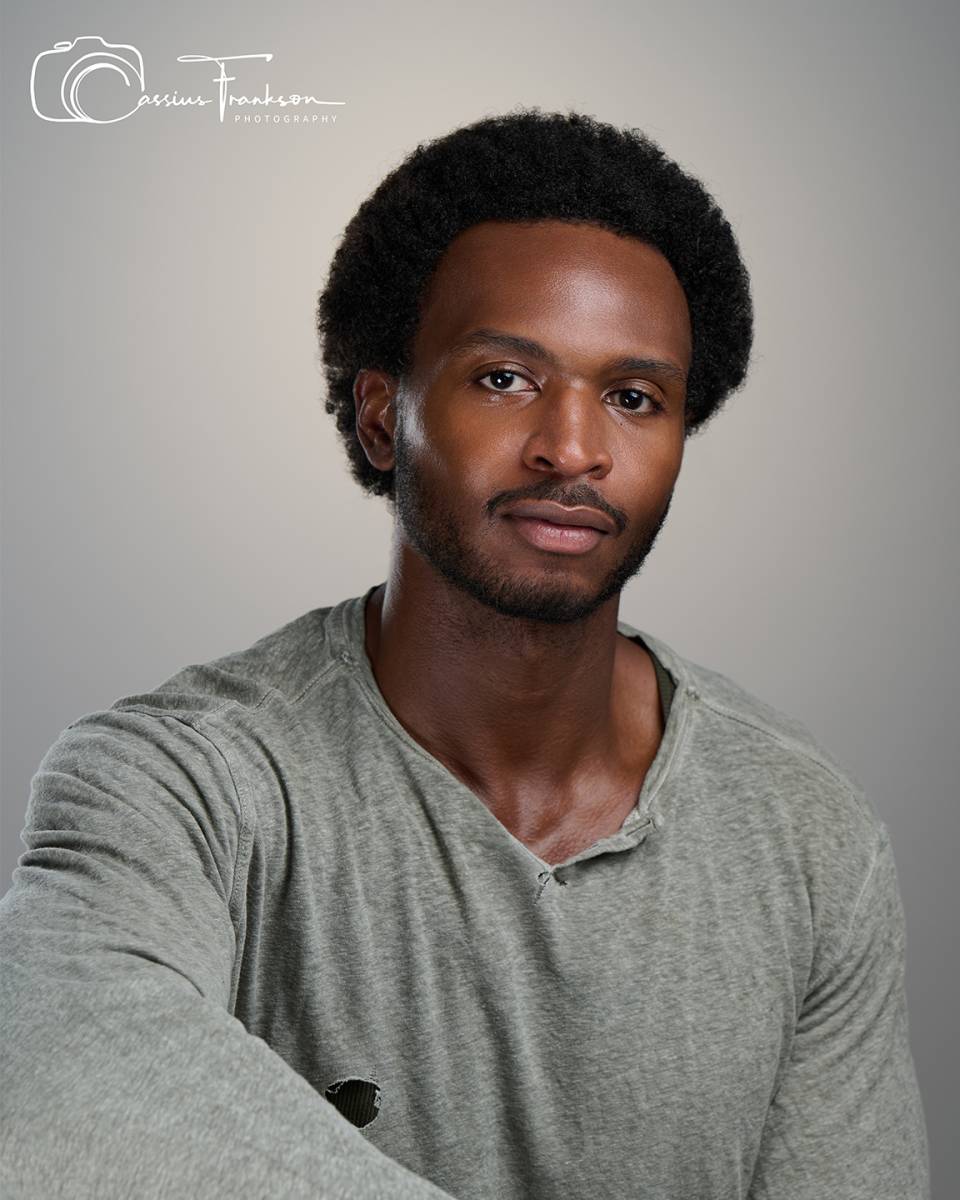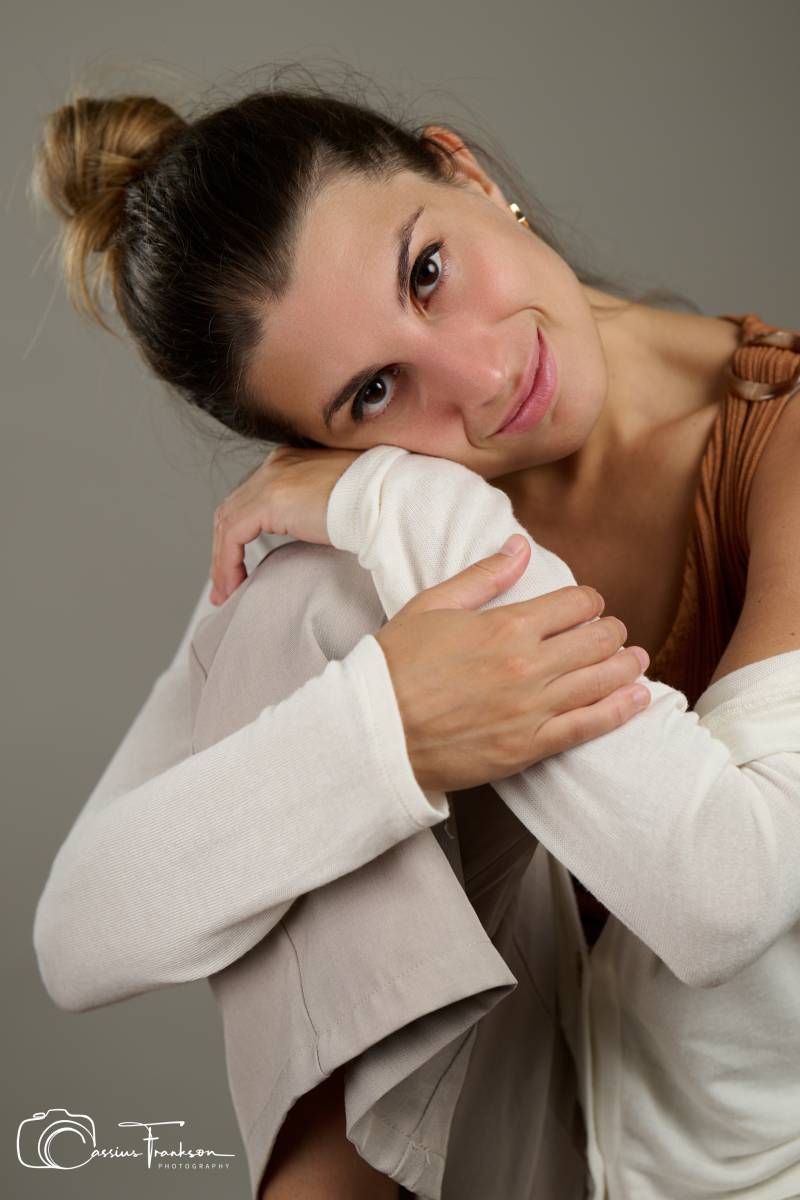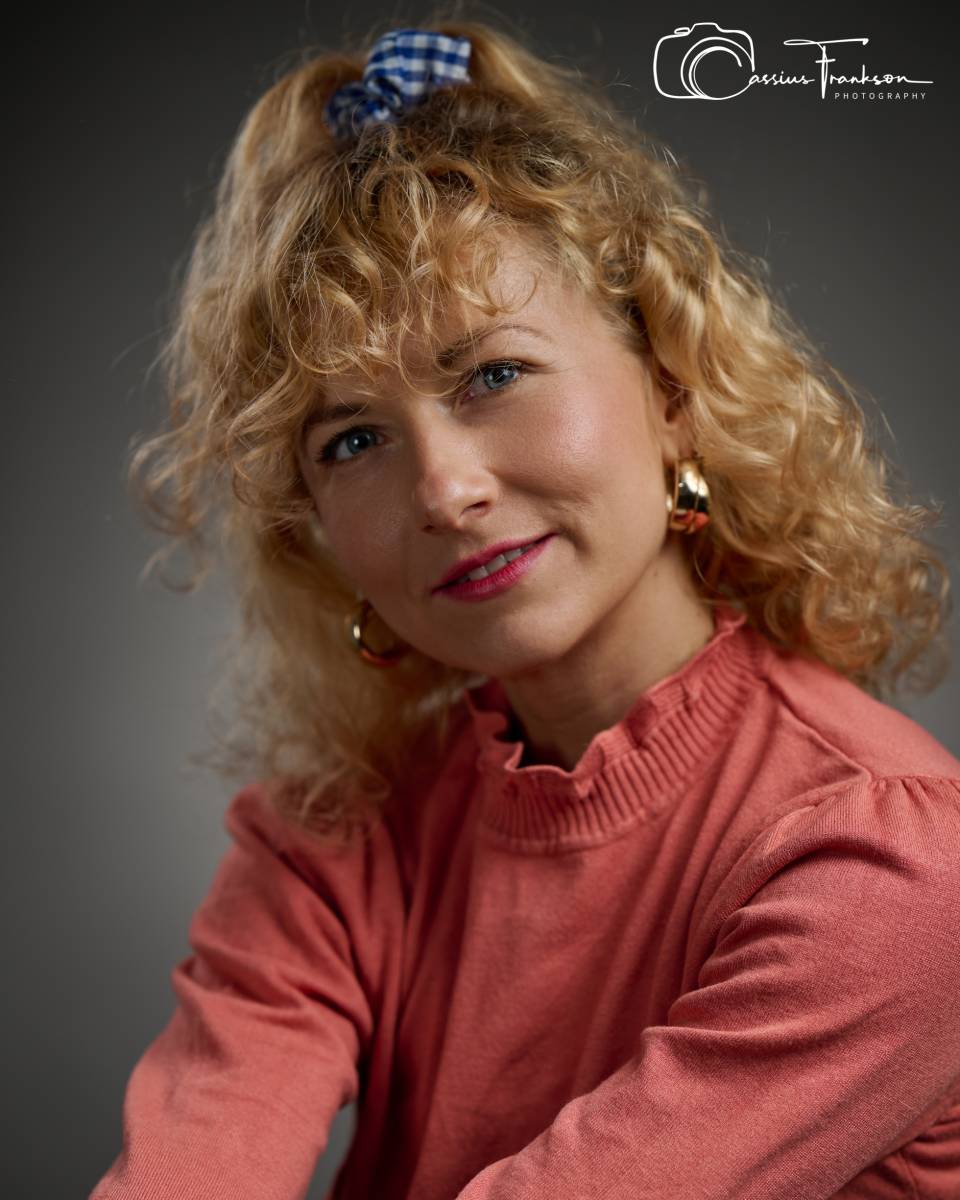In photography, a headshot and a portrait might look similar at first glance, but they have very different roles. For actors and models, knowing the difference, and working with a photographer who understands the standards, can make all the difference in getting noticed.
What is a Headshot?

A headshot is your professional introduction. For actors, it’s the image casting directors use to decide if you’re worth calling in. Industry-standard headshots are simple, clean, and natural. They focus on your expression and presence, no distractions, no gimmicks.
Think shoulders-up framing, clean lighting, and a true-to-life look. A headshot isn’t about being glamorous; it’s about being genuine and versatile.
What is a Portrait?

A portrait is where we can push creativity. While it still highlights you, a portrait allows for more freedom in mood, styling, and lighting. For models, portraits bring variety to a portfolio. For actors, they can show range outside of the casting-room basics.
Here, we can experiment, dramatic light, artistic colour, or creative posing. A portrait shows personality and artistry, not just likeness.
The Industry Standard
• Actors: Clean, sharp images, neutral backdrops, natural expressions, colour files preferred.
• Models: Both clean digitals (simple, natural light, minimal makeup) and styled portraits for variety.
My Lighting Setup
Lighting is where professionalism shows. My standard headshot/portrait setup uses precision and flexibility:
• Main Light – MagMod 42” Octa Box (with or without grid), powered by a Godox AD200Pro II at 1/64 +0.7.
• Fill Light – MagMod 24” Octa Box (with or without grid), Godox AD200Pro at 1/256.
• Hair Light – MagMod 36” Stripbox, Godox V100Pro at 1/256 +0.3.
• Background Light – Colbor RGB on full power.
For creative portraits, I’ll add a fifth light: a bare-bulb AD300Pro at 1/128, shot into the ceiling to flood the room with soft fill.
Camera Setup
All images are shot on my Nikon Z9 paired with the Nikkor 85mm f/1.2 S lens. My go-to settings for crisp but soft and flattering, professional results:
• Aperture: f/2.8
• ISO: 100
• Shutter Speed: 1/160
Why It Matters
The difference between “good enough” and industry-standard often comes down to lighting and technique. Whether we’re capturing the honesty of a headshot or the creativity of a portrait, this combination of precision lighting and world-class equipment ensures images that are polished, professional, and built to get you noticed.

